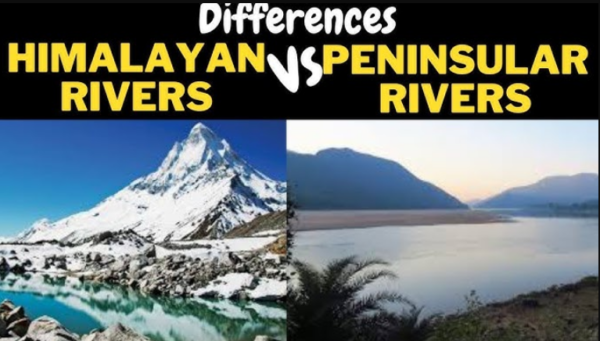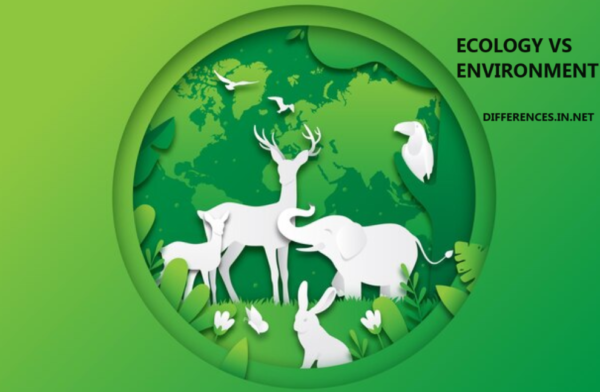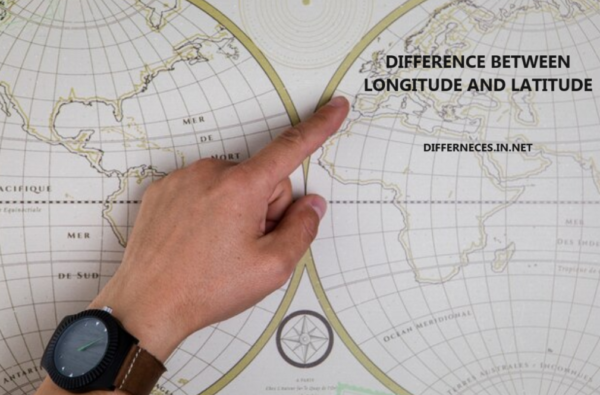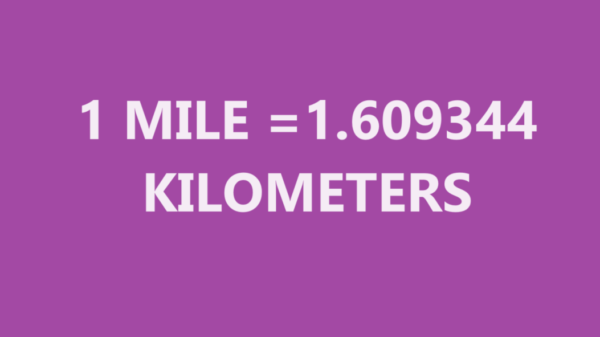A Comprehensive Comparison of the Distinctions Between Peninsular and Himalayan Rivers Rivers fundamentally shape India’s geological and biological environment. In addition to providing necessary supplies, these bodies of water influence the ecology, economics, and culture of the areas they pass through. Rivers in India can be roughly divided into two groups: Peninsular rivers and Himalayan […]
Difference between ecology and environment
Exploring Ecology and Environment: Key Concepts The scientific study of the interactions between living things and their surroundings is known as ecology. Its main goal is to comprehend how living things—such as plants, animals, and microorganisms—interact with the physical and biological environments in which they exist. Ecologists investigate how species interact with one another, adjust […]
Differences between Longitude and latitude
Understanding Longitude and Latitude Two key ideas in geography and cartography are longitude and latitude, which are used to pinpoint a point’s position on Earth. Although they are both distance measures, their direction and objectives are different. Exploring Latitude Latitude is the degree-based angular distance, north or south of the equator, of a location. It […]
Differences between mile and kilometer
Understanding Distance Measurement Each unit offers unique benefits and applications. Ultimately, it all depends on the culture and area where it is applied. The mile and the kilometre are both used to measure distance. However, they have different histories and applications. Most countries use the kilometre as their standard unit of measurement. On the other […]
Differences between England and great Britain
Distinguishing England and Great Britain Despite their frequent interchangeability, the terms England and Great Britain are not the same. One of the nations that make up Great Britain’s greater geographical area is England. They are different in their histories, cultures, and customs, but they are also very similar. Both continue to be important actors on […]
Difference Between Antarctica and Antarctic
Understanding the Antarctic and Antarctica Despite their frequent interchangeability, the names “Antarctica” and “Antarctic” have distinct meanings. The region known as the Antarctic includes the continent of Antarctica, the surrounding waters, and the nearby islands. As opposed to this, Antarctica refers just to the continent. Features of the Antarctic Region Huge areas of ice and […]





